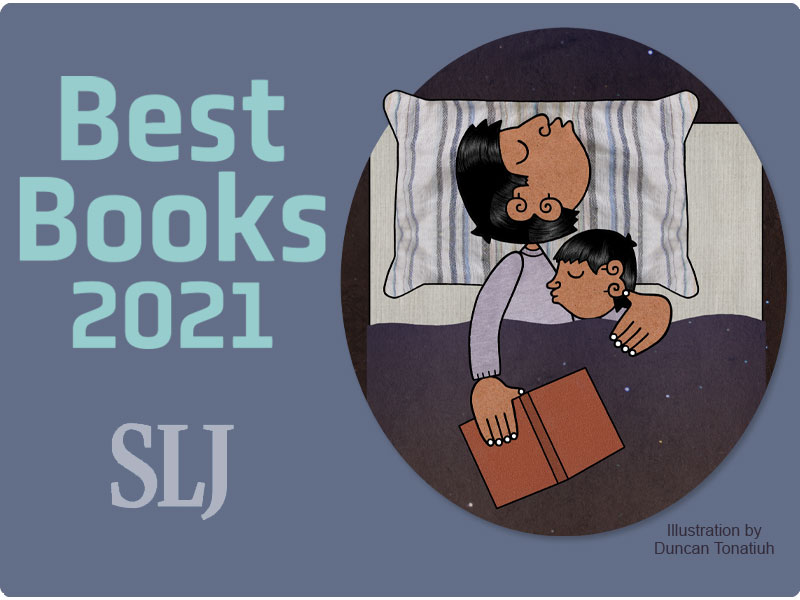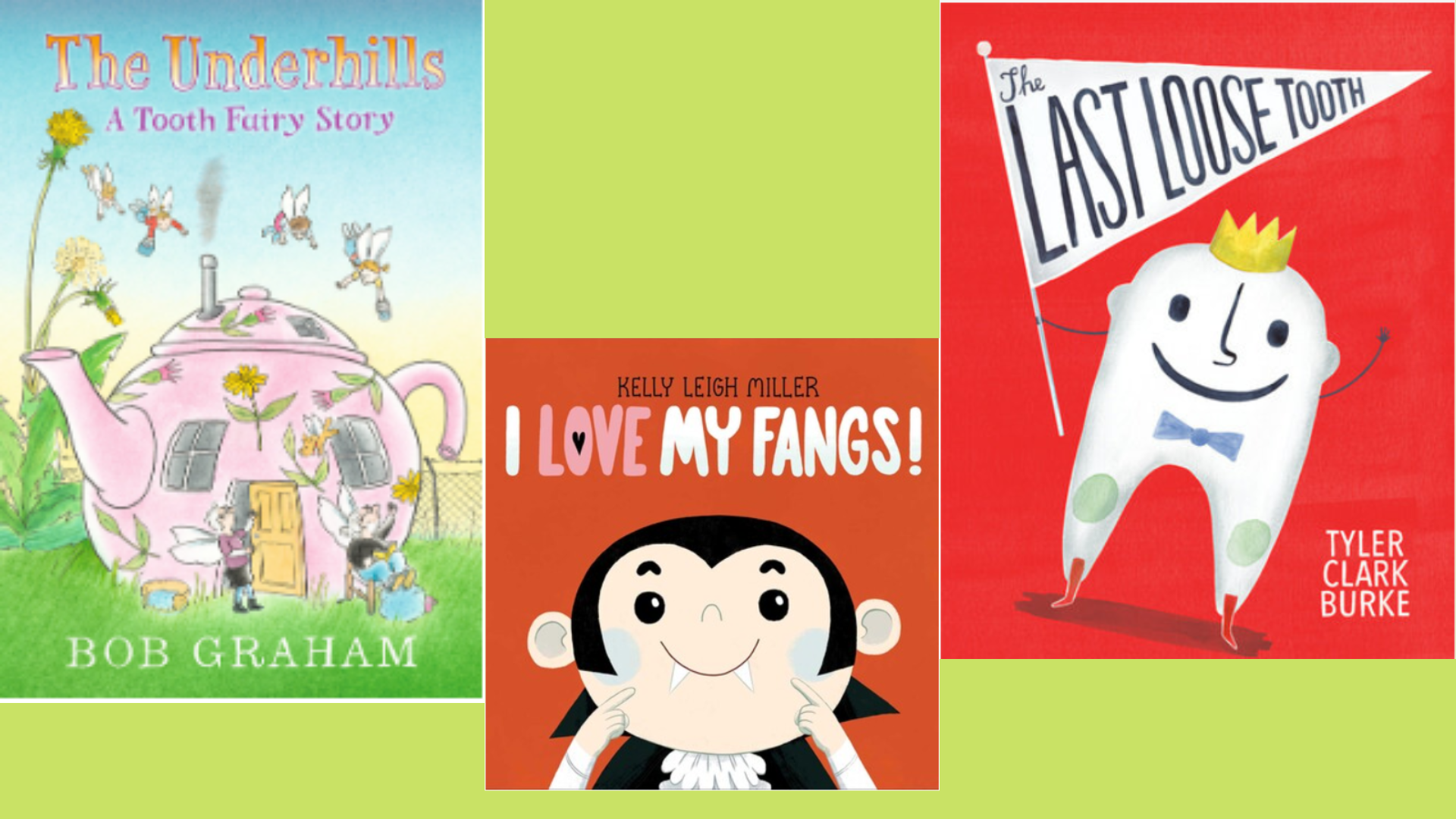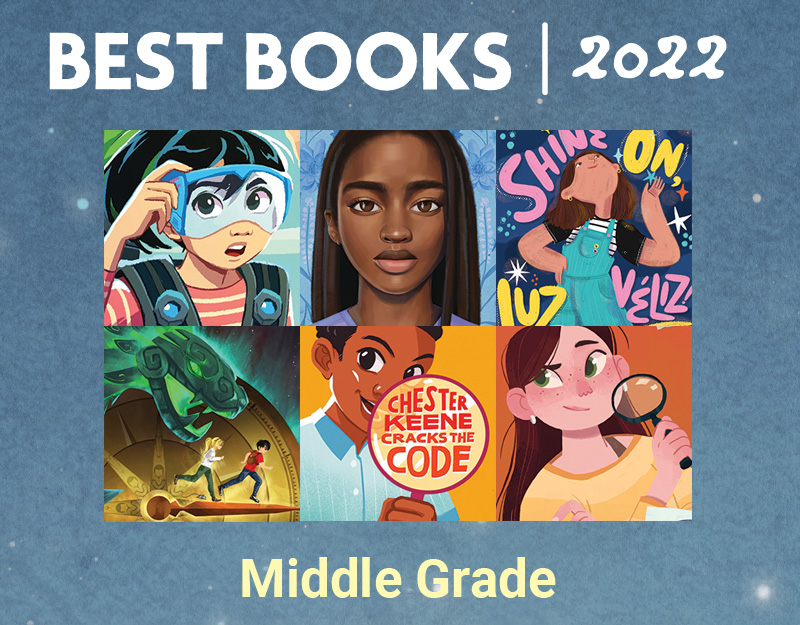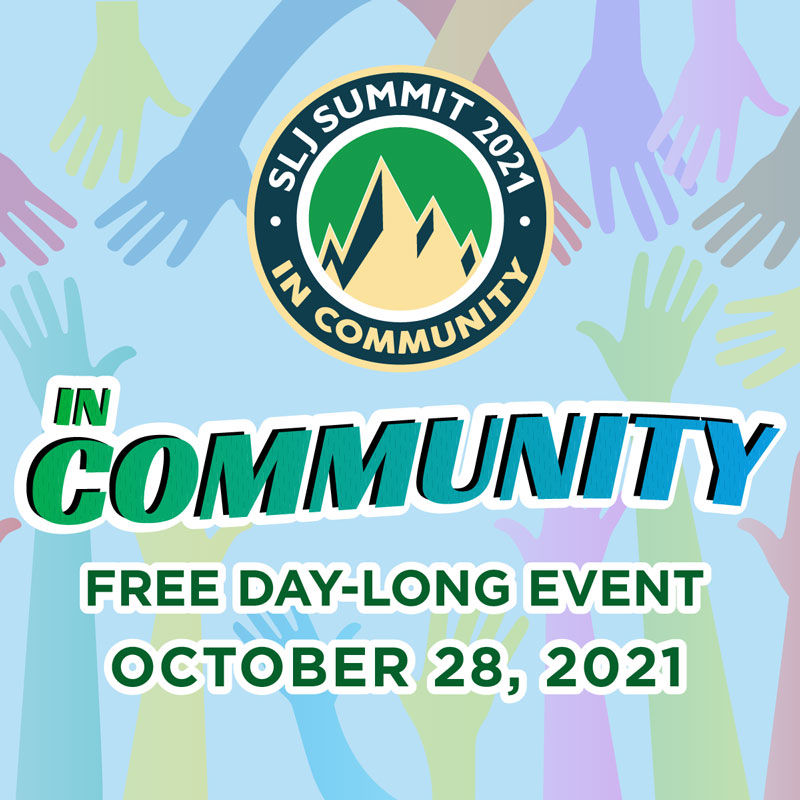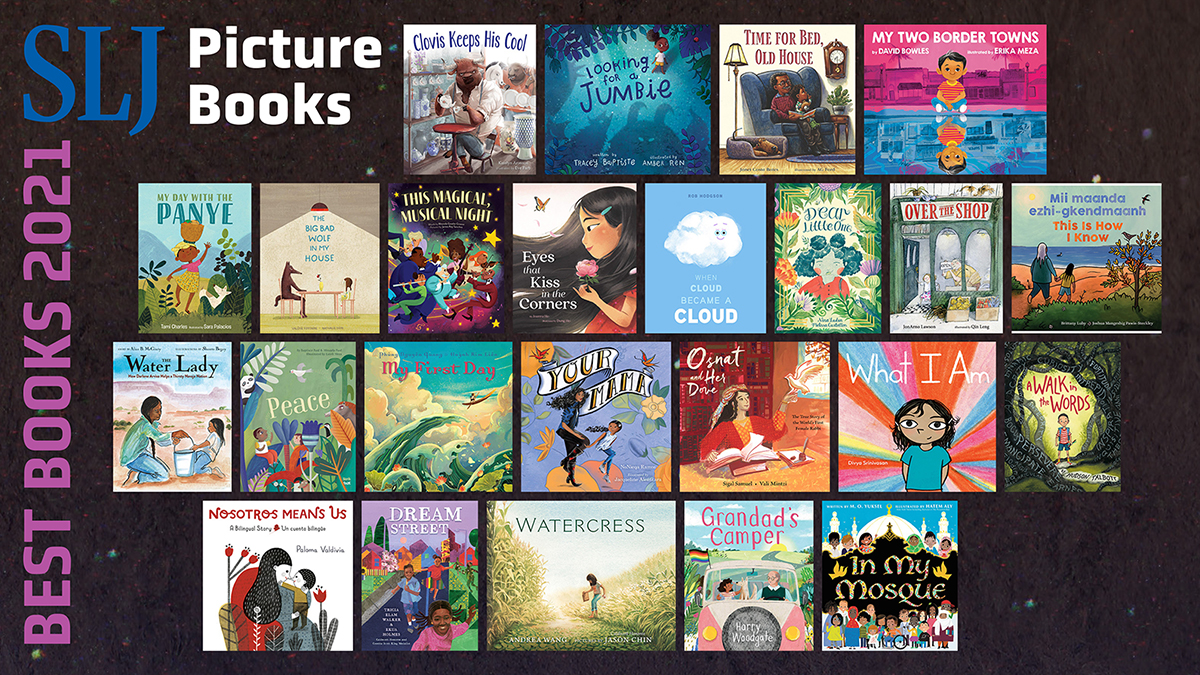Steve Jenkins
Evelyn M. Finnegan Children’s Literature Lecture Series Featuring Steve Jenkins
To celebrate, this week’s blog entry spotlights three of Jenkins’s current books:
The Animal Book: A Collection of the Fastest, Fiercest, Toughest, Cleverest, Shyest – and Most Surprising Animals on Earth
ADVERTISEMENT
ADVERTISEMENT
Animals Upside Down: A Pull, Pop, Lift, & Learn Book
Written and Illustrated by Steve Jenkins and Robin Page
Published by Houghton Mifflin Harcourt Books for Young Readers, 2013
All Ages
Book Review
Husband and wife author/illustrator team Steve Jenkins and Robin Page literally flip how we view animals in the remarkable interactive nonfiction concept book, Animals Upside Down. The motif this time is the topsy-turvy world that is part of animals’ daily lives. The flamingo feeds with its head turned upside-down. The hanging parrot dangles upside-down while it sleeps. The striped skunk does a handstand to warn others that if attacked, it will release its infamous, toxic spray. Full of tabs to pull, folds to flip, flaps to lift, and designs to pop-up, this book offers readers a new angle for learning about species both familiar and new. Though not thoroughly simple, the text is clear and provided in digestible chunks. Animals are organized according to how their inclination to invert themselves helps their everyday survival so readers can draw comparisons across them. Back matter includes a double-page spread of all the animals presented, with small blurbs of further information about their habitats and other behaviors. And as always, Jenkins and Page’s vibrant cut- and torn-paper collages layer even more detail to marvel at and study. Perfect for read-alouds and independent exploration for readers of all ages.
Eye to Eye: How Animals See the World
Written & Illustrated by Steve Jenkins
Published by Houghton Mifflin Harcourt, Forthcoming 2014
ISBN 978-0–547-95907-8
All Ages
Book Review
Did you know that “for more than three billion years, all living things were blind?” Eye to Eye, Jenkins’s forthcoming picture book about animal vision, takes the reader around the world with an up-close examination of nature’s diverse array of eyeballs, from those that “look in two directions at once” to those “the size of the basketball.” After a brief introduction devoted to the significance of animal vision, Jenkins provides his readers with an overview of the evolution of the eyeball, and the four primary categories of eyeballs. Moving from blurry to sharp, the book starts off with eyes that provide limited forms of vision, and concludes with those that are extremely precise, even at a distance, such as those of the Eurasian buzzard. Each new animal is introduced via a catchy phrase or question, and while a first read might lead one to think that the different animals are simply juxtaposed across the two-page spread, there are important connections to be made across the gutter. Back matter includes a more in-depth examination of the evolution of the eye, an “Animal Facts” chart for all the animals mentioned in the book, and a glossary of terms along with a bibliography. With an artful understanding of the potential of the concept picture book as both a teaching tool and art form, Jenkins continues to guide his young readers towards deeper understanding of the natural world with this latest. (Review of an Uncorrected Proof)
Teaching Invitations: Ideas for Your Classroom
Grades PreK – 2
- Writing Animal Books. Read aloud several of Steve Jenkins’s shorter books, such as What Do You Do with a Tail Like This? and Move. Set up a book-making table where students have materials to create their own books using Jenkins’s work as a mentor students. Make sure you have a range of his books.Support early writers to notice features of the book design and organization, such as the title and the headings he uses. Encourage students to study his illustrations as scientists and to model their drawings after Jenkins’s, paying close attention to the shapes and colors he uses to depict animals as they are in nature. Build in time at the end of each day or at the end of the week for students to share their animal books so that they learn about each other’s writing choices and interests in animals.
- Color, Texture, and Shape: Illustrating Nonfiction. Jenkins’s work is remarkable for its realism. Invite your students to work in the medium of collage either to create a class constructed mural or an illustration for a nonfiction text they are writing as a group or individually. Gather together a collection of textured papers in a variety of colors and styles (recruit the assistance of the art teacher in your school). Provide students with the opportunity to collect and work from multiple photo images of the animal that they plan to illustrate, as does Jenkins. Talk with the students about the colors and textures they observe in the animal’s body structure. Capitalize on this opportunity for vocabulary development, encouraging students to use precise terms when describing the animal.
- Celebrating the Writing Process. The back matter of The Animal Bookoffers readers the gift of an insider’s view to Jenkins’s writing process. Young writers will be impressed by the length of time and number of process steps that are involved in the creation of a nonfiction picture book. After reading pages 193 – 204, you can also visit the author’s website to view a short video that depicts the illustration process. Compare Jenkins’s process to those described by Melissa Stewart, Loree Burns, Pamela Turner, and Sally Walker (select authors whose work is age appropriate for your students).
- The Art of Science. On his website, in a section titled “Science,” Steve Jenkins states, “My own belief is that the more we understand what the universe is and how it works, the greater our appreciation of the beauty and wonder of the world, of each other, and of being here to think about it all.” Invite students to reflect on this quote and Steve Jenkins’s books, thinking about the relationship between art and science. To extend this conversation, share images from The Cosmos Exhibition: Science Inspires Art at the New York Hall of Science. Collaborate with your school’s art teacher to engage your students in a personal exploration of science content through art. Students can identify a ‘wondering’ they have about our world, use resources and/or first hand experimentation to begin to better understand their questions, and then produce original works of art (in any medium) to express their understandings.
- Observing and Grouping Animals. Much of what we know about animals has been attained by simply observing them in their natural habitats. Take your students outside to a local park, playground, or zoo to observe the different animals in the area for a set period of time. Encourage them to note any particularly interesting ways they eat, sleep, move, or defend themselves and to record such observations in a science notebook. Back in the classroom, have them compare and contrast notes with each other, then group the animals according to their unique behaviors, just as Jenkins has done. You may also want to support this activity with Anne LeBlanc Cate’s nonfiction picturebook Look Up! Bird-Watching in Your Own Backyard (see http://classroombookshelf.blogspot.com/2013/04/look-up-bird-watching-in-your-own.html) or Jacqueline Kelly’s Newbery Honor novel The Evolution of Calpurnia Tate, both of which discuss the details and discipline of naturalistic scientific observation.If you can’t get outside, use some live animal cameras from a range of zoos using the links below.
- Steve Jenkins Author/Illustrator Study. As Jenkins’ body of work shows, there are many unique and creative ways to observe, organize, and study animals. Gather as many of his books as possible to share with your students. Have them study the patterns in his content, organization, themes, writing style, and illustrations. Encourage them to analyze how each of these elements support one another in the books. Explore the author / illustrator’s website to learn more about his writing processes. Ultimately, beyond enjoying the wonderful content and illustrations in his books, you will want to be sure to capture a list of what you have learned about writing and illustrating nonfiction from studying Steve Jenkins’ books and give students an opportunity to demonstrate what they have learned in their own writing and artwork.
- Defining the Concept Book. Much of Jenkins’s work can be defined as concept books. But what exactly is a concept book? How does it differ from a survey book? Gather a collection of obvious nonfiction picture survey books on animals and habitats for your students to review. Next, have them examine Jenkins’s body of work, which consists primarily of concept books. Using graphic organizers, chart paper for small groups, or research notebooks, have students take notes comparing and contrasting the structure and focal points of the survey books and the concept books. Next, have them create a working definition of a concept book. Finally, have students do some research on some aspect of the natural world and write and illustrate their own concept books that they can share with younger students in your school community. If another grade level is looking for a set of books on a particular science topic, you could have your students write books geared towards that study.
- Part to Whole. Have students explore Jenkins’s body of work. How does he demonstrate to his readers, through his text, illustrations, and total book structure and format, “part to whole?” How does he demonstrate how animal parts relate to the whole animal? How do animals themselves fit into the “whole” of their habitats? How are these conceptual understandings reinforced? Why are these concepts important?
Grades 6 and Up
- What Would Steve Jenkins Do? As you and your students conclude your exploration of a particular topic in science class, arrange the print resources that you have used in one place. Have the students compare and contrast the types of nonfiction texts represented (narrative, concept, survey, etc.), the range of information provided, and text structures and illustration formats used. Next, have students read a variety of books written and illustrated by Steve Jenkins. Ask students in pairs or small groups to “transform” one of the books you’ve already looked at into a Steve Jenkins book. How can they capture the same range of information but distill it within a single concept? What cut-paper collage illustrations are necessary? How do they communicate size relationships and scale? How do they take advantage of plain white background as a backdrop for the words and illustrations?
- Why Illustrate? Back in March/April of 2011, nonfiction picture book author and illustrator Matt Tavares wrote a short article in The Horn Book Magazine entitled, “A Reason for the Picture,” explaining why some nonfiction picture books call for rendered illustrations rather than photographs, even though photographs of the subject may be available. Tavares writes of this in the context of nonfiction books that focus on history. But what of science? Given the possibilities of today’s lenses to document microscopic organisms as well as the landscape of Mars, why illustrated picture books on scientific topics? Have students read the article (click here and you’ll find out if you can access it through your local library) and then explore Jenkins’ work. Have them then use “A Reason for the Picture” as a mentor text for their own writing. Have them argue why illustrations are or are not a useful tool for conveying scientific understanding despite our technological capabilities to capture the natural world. Or have them argue that we need both (see Laurence Pringle’s Billions of Years, Amazing Changes, that includes both Steve Jenkins’s collage illustrations and photographs). Have each student draw on one of Jenkins’s books as a foundation for his/her argument, comparing it to other books on the same topic that use photographs.
Further Explorations
Online Resources
Steve Jenkins: Author Website
http://www.stevejenkinsbooks.com/
The Classroom Bookshelf Review of Just a Second (Jenkins, 2011)
Art and Science Collaborations
http://www.asci.org/index2.php?artikel=1223
Melissa Stewart: Author Website
http://www.melissa-stewart.com/video/index.html
Loree Burns: Author Website
http://www.loreeburns.com
Pamela Turner: Author Website
http://www.pamelasturner.com/index.htm Sally Walker: Author Website
http://www.sallymwalker.com/books.html
https://www.lernerbooks.com/writteninbone/
Animal Web Cameras at the National Zoo
http://nationalzoo.si.edu/animals/webcams/
Animal Web Cameras at the San Diego Zoo
http://www.sandiegozoo.org/videos/
Animal Web Cameras at the Houston Zoo
http://www.houstonzoo.org/meet-the-animals/animal-webcams/
Animal Web Cameras at the Columbus Zoo
http://www.colszoo.org/explore_your_zoo/your_zoo_view_webcams/default.aspxAnimal Web Cameras at the Woodland Park Zoo
http://www.zoo.org/page.aspx?pid=2522#.UooA_0QYKRY
International Wolf Center Web Camera
http://www.wolf.org/wolves/webcams/webcam.asp
http://www.ebscohost.com/us-elementary-schools/ebsco-animals
“A Reason for the Picture” by Matt Tavares, March/April 2011, The Horn Book Magazine
http://connection.ebscohost.com/c/articles/58622134/reason-picture-illustrating-nonfiction-picture-books
Fielding, B. (2011). Animal eyes. Watertown, MA: Early Light Books.
Pringle, L. (2011). Billions of years, amazing changes. Ill. by S. Jenkins. Honesdale, PA: Boyds Mill Press.
Filed under: Nonfiction, Nonfiction Picture Books, Picture Books
About Erika Thulin Dawes
Erika is a professor of language and literacy at Lesley University. A former classroom teacher, reading specialist, and literacy supervisor, she now teaches courses in children’s literature, early literacy, and literacy methods. Erika is the co-author of Learning to Write with Purpose, Teaching with Text Sets, and Teaching to Complexity.
ADVERTISEMENT
ADVERTISEMENT
SLJ Blog Network
Winter Light: An Aaron Becker Interview and Video Trailer Reveal!
Hilda and Twig | This Week’s Comics
Wednesday Roundup: Pointing at Poetry
The Seven Bills That Will Safeguard the Future of School Librarianship
Take 5: Resources for RA Ideas
Gayle Forman Visits The Yarn!
ADVERTISEMENT






